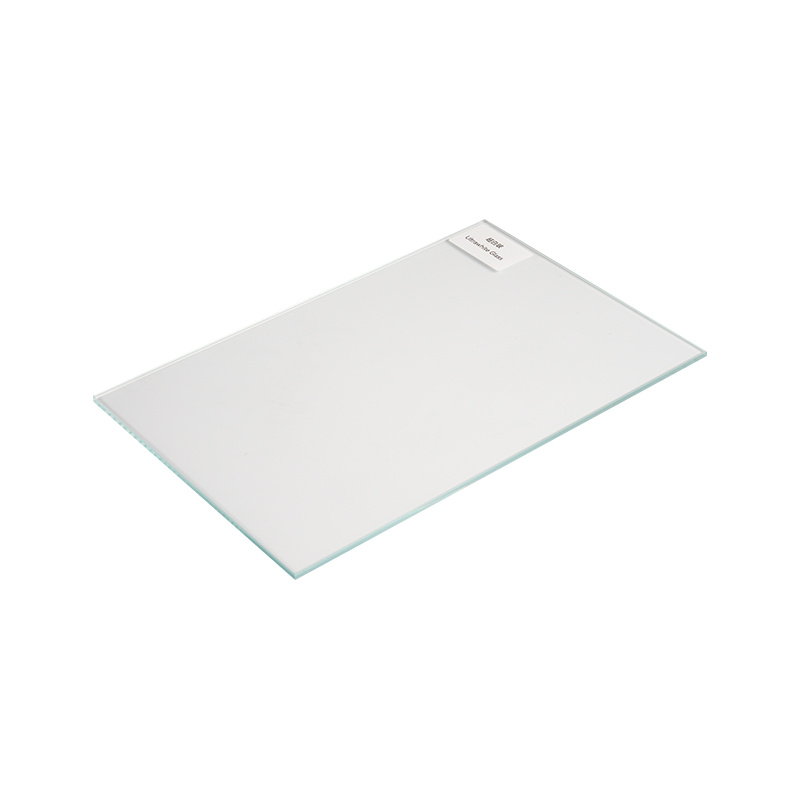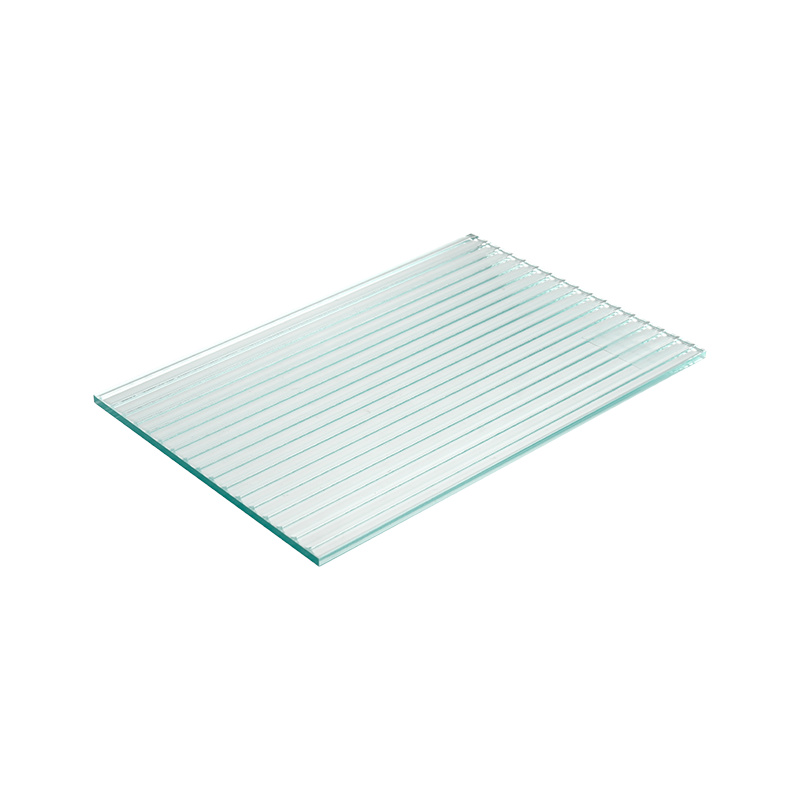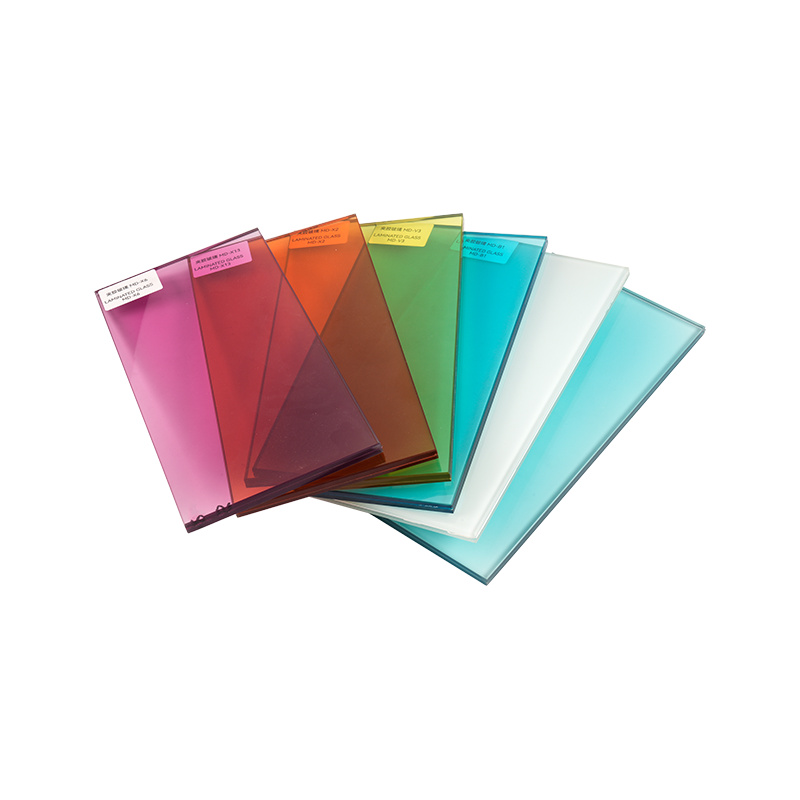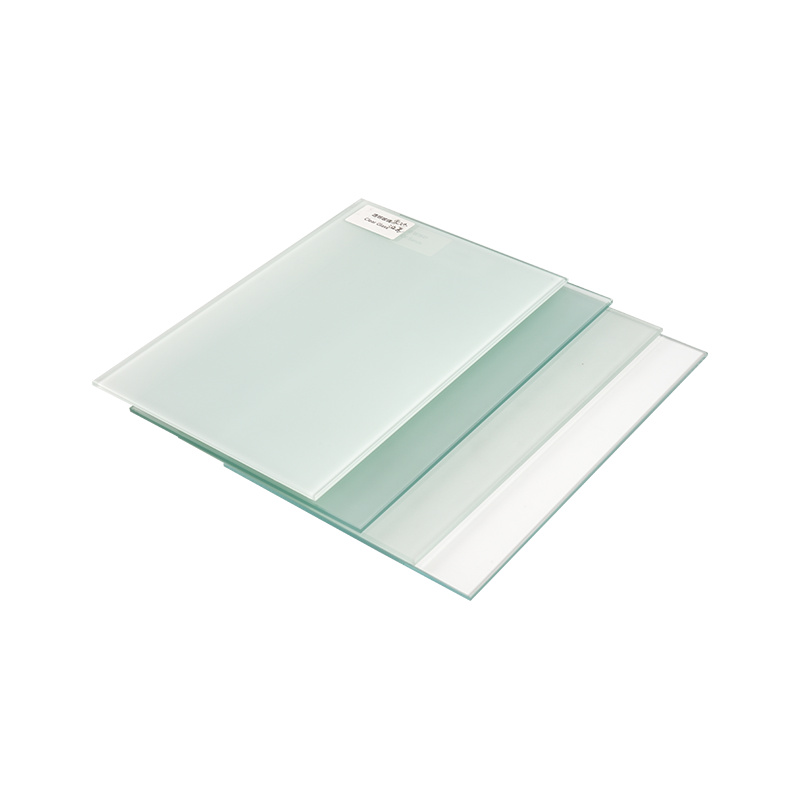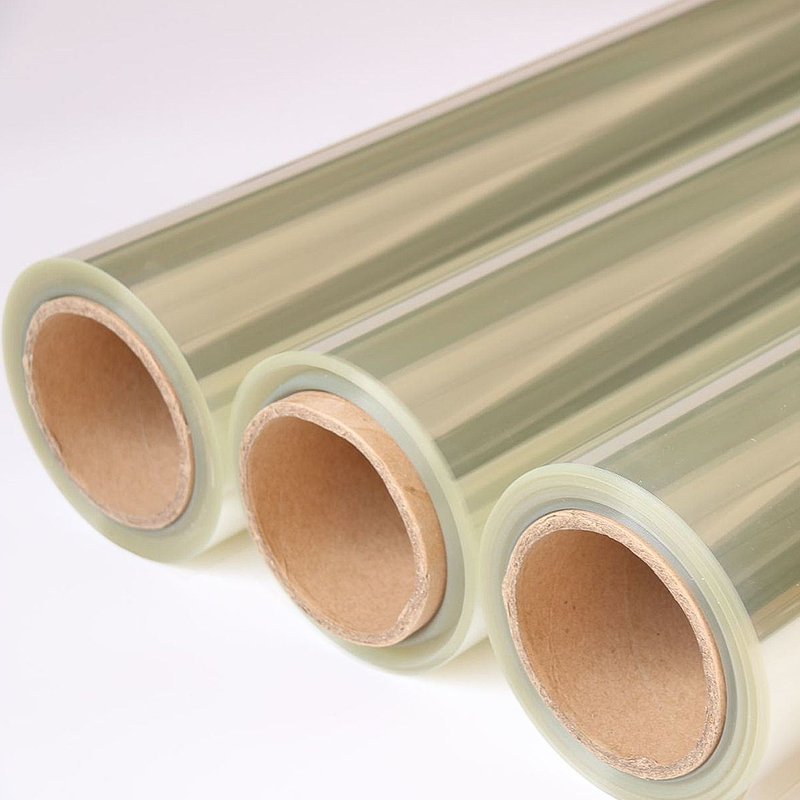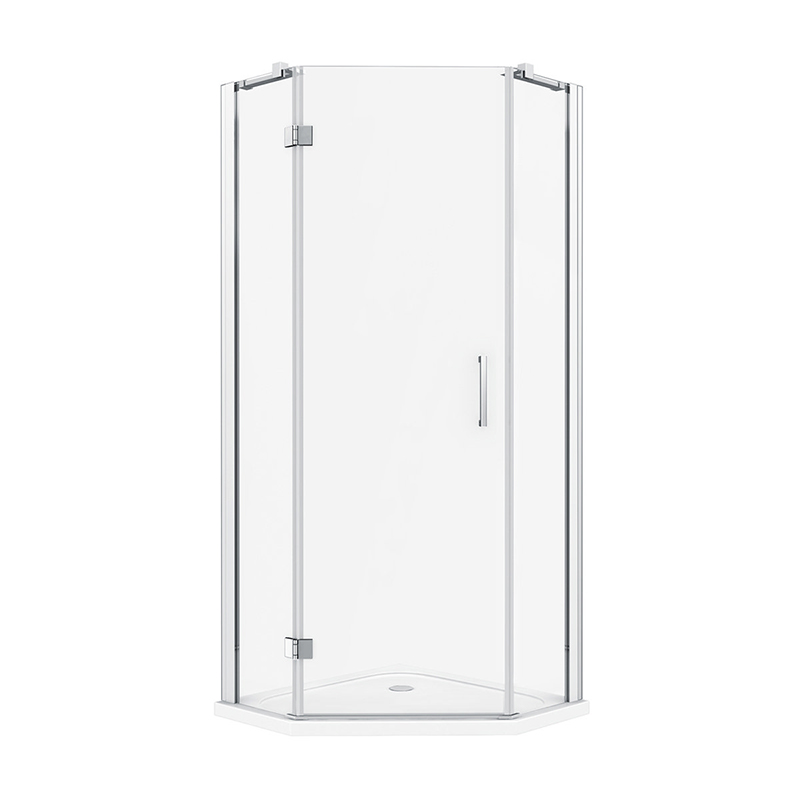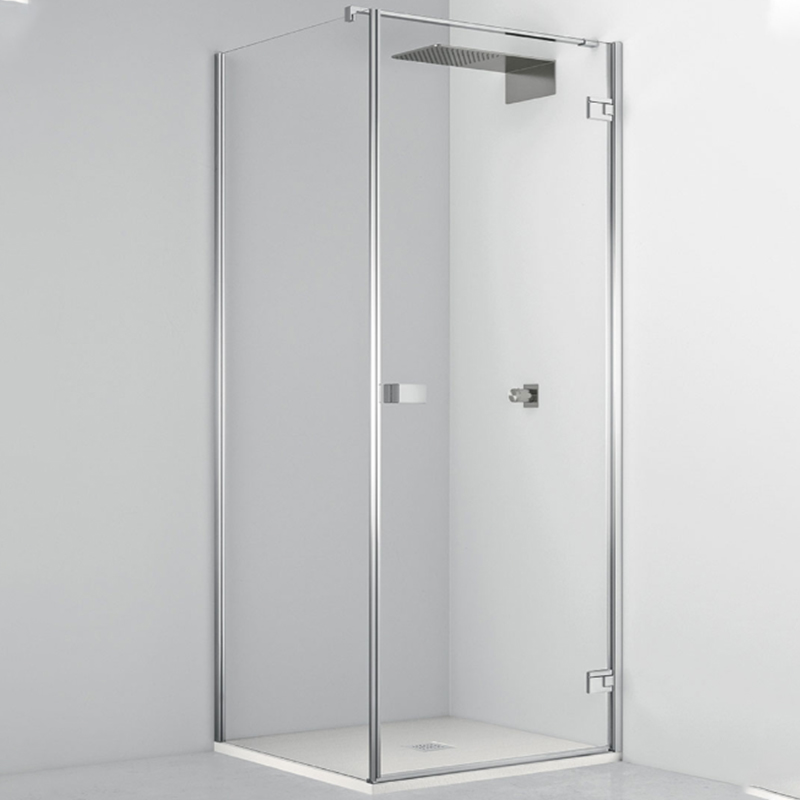In modern bathroom design, shower screens have evolved from a simple functional partition to a key component that enhances both the aesthetics and practicality of a space. They not only functionally separate wet and dry areas, but have also become a crucial symbol of user aesthetics, comfort, and living quality. This article will provide a professional analysis of shower screens, focusing on their structural design, material selection, technological advancements, and future trends, exploring their widespread application in modern homes and commercial spaces.
Structural Design Innovation: From Simple Partitions to Customized Aesthetics
The basic function of shower screens is to prevent water from splashing out of the shower area, achieving dry and wet separation. However, with the diversification of user needs, their structural design has evolved from simple sliding and folding doors to frameless glass and suspended systems. Structural forms are no longer limited to practical functionality; they emphasize integration and scalability with the spatial structure.
Currently, the most popular structures include fixed screens, straight-line sliding screens, L-shaped corner screens, and U-shaped wraparound screens. Each design is customized based on the bathroom space's dimensions, plumbing layout, and style. This design diversity not only accommodates diverse apartment types but also aligns more closely with the "people-centric" design philosophy of modern homes.

The rise of frameless design has also fostered a minimalist visual experience. Combined with invisible hardware and precision glass cutting, it creates a smoother, more transparent look, enhancing the overall visual quality and lighting within the bathroom.
Material upgrades drive a leap in product quality.
The core material of shower screens is glass. High-strength tempered glass has become the industry standard. Its heat resistance, impact resistance, and shatter resistance are fundamental to ensuring safe use. As consumers increasingly prioritize product safety, more high-end brands are adopting laminated glass and explosion-proof film glass to further enhance their adaptability to extreme usage scenarios.
In addition to the glass itself, the material of the hardware components also determines the lifespan and quality of a shower screen. Surface treatments such as anodizing, electroplating, and spray coating on commonly used alloys such as stainless steel and aluminum alloy not only enhance their corrosion and rust resistance but also create a variety of metallic colors and textures to suit diverse bathroom styles. Coating technology has also been a research and development focus in recent years. The addition of a waterproof and anti-fouling coating significantly reduces water stains and glass fogging, reducing cleaning frequency and making daily maintenance easier for users.
Systematic Optimization of Installation and Sealing Technologies
High-performance shower screens rely on precise installation techniques. With the optimization and upgrade of system structures, many brands have introduced new structures such as floor-track-free installation and upper-track suspended sliding systems. These significantly improve floor continuity while avoiding the water accumulation and dirt trapping problems associated with traditional floor tracks.

In terms of sealing, a multi-strip system, combined with a magnetic closure structure and a bottom waterproofing strip, effectively prevents water drips from escaping, providing practical protection without compromising the overall visual experience. These subtle innovations are particularly evident in the actual user experience and have become a key factor in boosting user reputation and brand loyalty.
The Dual Evolution of Spatial Aesthetics and Style Compatibility
In today's world of converging aesthetics, differentiated design language has become a key to brand competition. Shower screen design in terms of color, shape, and proportion is no longer a single industrial product; it has become an "atmosphere-shaper" that is integrated into the overall bathroom style.
The use of crafted decorative elements such as frameless black metal frames, brushed metal textures, ink-and-wash gradient glass, and acrylic engravings makes shower screens the visual focal point of any space. Market trends indicate that minimalist Nordic, light luxury metal, and Eastern Zen styles are dominating future product design trends, and shower screens are becoming increasingly integrated into the overall aesthetic of any space with greater design expression.
Increasing customization capabilities are also a key demand in the high-end market. During the purchasing process, users are increasingly concerned with the overall fit of a product within their space, demanding a degree of flexibility in their choices, from size and material to door openings and color palettes. Manufacturers are responding to this trend by offering one-stop solutions from measurement, design, and installation, moving products from standardization to flexible production.
Future Market Potential and Innovation Space
Globally, the shower screen market is experiencing steady growth, particularly amidst growing demand for mid- to high-end bathroom products in emerging markets. Future development will focus on personalized customization, the development of green and energy-saving materials, and the deepening of intelligent interactive experiences.
At the same time, with growing environmental awareness, green manufacturing concepts such as recyclable glass, low-energy hardware, and low-VOC coatings are beginning to be incorporated into companies' production systems. Creating sustainable product capabilities will be key to companies standing out in the fierce competition.
Shower screens are no longer simply functional partitions; they represent a comprehensive upgrade of modern bathroom spaces, from practicality to aesthetics, from traditional to intelligent. With the continuous evolution of material technology and design concepts, shower screens will continue to drive industry innovation with higher standards and play an increasingly important role in future living environments.



 中文简体
中文简体